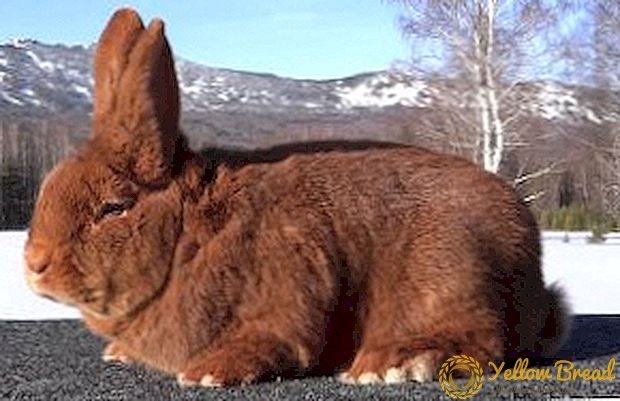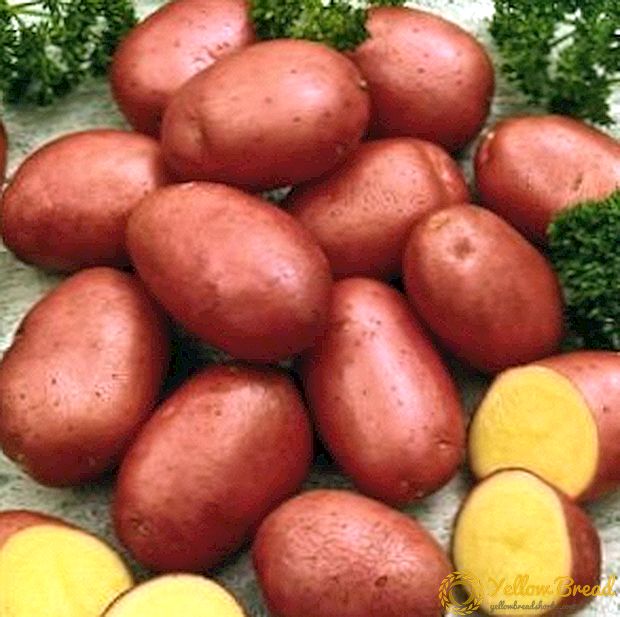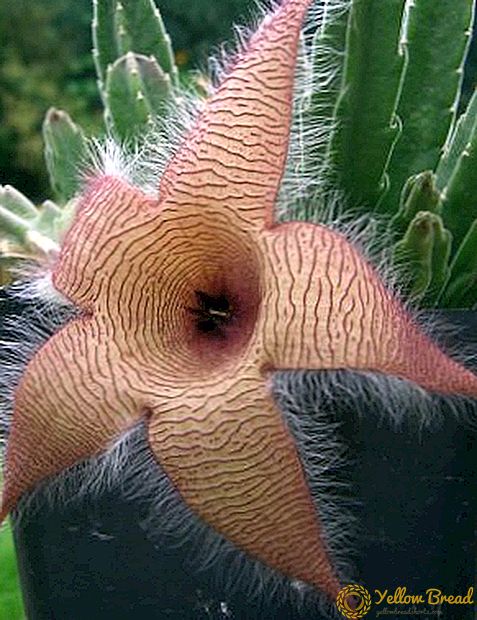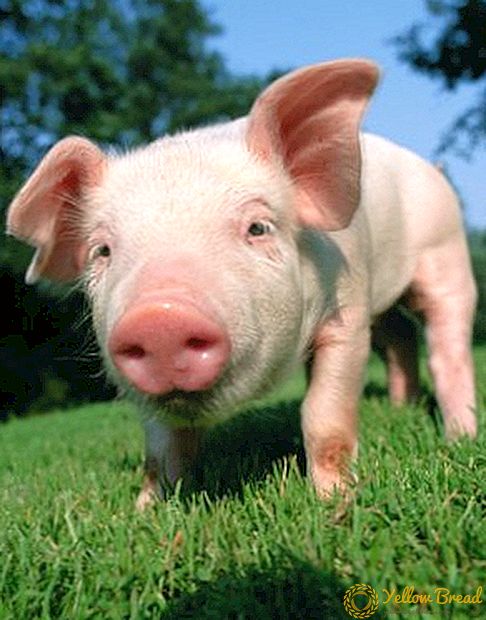 Anyone who chooses to engage in pig breeding should understand that his charges will require special care and attention. And it's not only in the organization of the process of nutrition. It is worth having at least a minimum theoretical training regarding the features of the anatomy of pigs, prevention, diagnosis and treatment of their diseases. After all, quite often the most innocent, at first glance, diarrhea in a piglet is fraught with death, if you do not know how to treat it.
Anyone who chooses to engage in pig breeding should understand that his charges will require special care and attention. And it's not only in the organization of the process of nutrition. It is worth having at least a minimum theoretical training regarding the features of the anatomy of pigs, prevention, diagnosis and treatment of their diseases. After all, quite often the most innocent, at first glance, diarrhea in a piglet is fraught with death, if you do not know how to treat it.
In order to help you consider the features of prevention, diagnosis, pathogenesis and treatment of the most common disease of pigs - colibacteriosis, also known under the names of colibacillosis, colibacillosis, colidiarrhea.
- What kind of disease and how dangerous it is
- Causative Agent and Routes of Infection
- Pathogenesis
- Signs of infection
- Pathological changes
- Diagnostics
- Treatment
- Prevention
What kind of disease and how dangerous it is
Escherichiosis is common in many countries, especially those that are characterized by poor sanitary and veterinary conditions. Colibacteriosis in animals is acute infectious disease of young. As for piglets only, the disease most often affects "babies" - from 3 to 7 days, a little less from 7 to 14 days.Also, the disease is prone to two-four-month-old piglets and those who have just been taken away from the sow, which is caused by changes in the feeding process. The incubation period for colibacillosis is from several hours to two or three days. 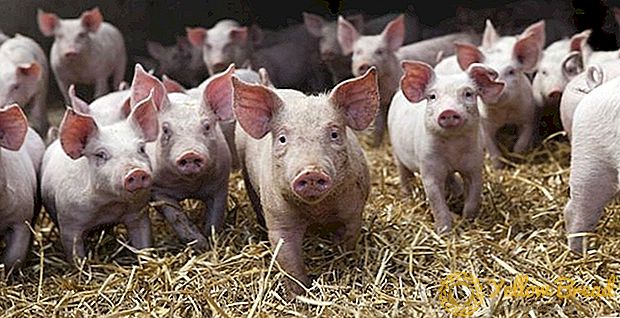 The disease has a high death rate. Surviving piglets have a depleted appearance, their body weight is dramatically reduced.
The disease has a high death rate. Surviving piglets have a depleted appearance, their body weight is dramatically reduced.
Causative Agent and Routes of Infection
The causative agent is an enteric pathogen. Escherichia E. coli (Escherichia coli), belonging to the family Enterobacteriaceae, of the genus Escherichia. Escherichia has adhesive (clumping of cells) and toxic properties, known as a gram-negative bacillus with rounded ends. 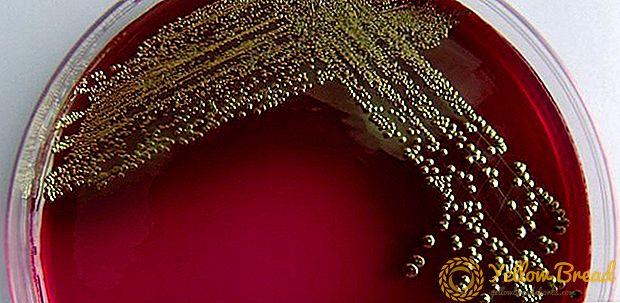 The stick is not prone to the formation of capsules and spores.Favorable environment for the Escherichia is soil, manure, water; it feels great at +37 ° C. In the listed conditions the stick is viable for 1-2 months. Premises with animals - an optimum habitat of an intestinal stick.
The stick is not prone to the formation of capsules and spores.Favorable environment for the Escherichia is soil, manure, water; it feels great at +37 ° C. In the listed conditions the stick is viable for 1-2 months. Premises with animals - an optimum habitat of an intestinal stick.
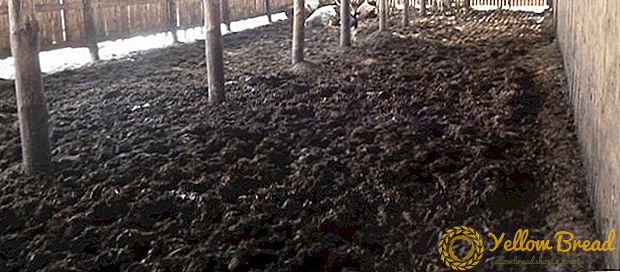 Basically, the disease is transmitted alimentary, less aerogenic or in utero. A potential source of infection is pigs that have already undergone colibacillosis, or those that are carriers of Escherichia sticks. According to research, about 40% of adult individuals of adult gilts carry this stick in themselves, the percentage of infected nursing sows is much higher - 92.3%.
Basically, the disease is transmitted alimentary, less aerogenic or in utero. A potential source of infection is pigs that have already undergone colibacillosis, or those that are carriers of Escherichia sticks. According to research, about 40% of adult individuals of adult gilts carry this stick in themselves, the percentage of infected nursing sows is much higher - 92.3%.Pathogenesis
A lot of pig breeders, when confronted for the first time with colibacillosis in pigs, rush around in panic in search of an answer to the question of what kind of disease it is, and at the same time lose valuable time. For rapid diagnosis it is necessary to know some of the nuances of the pathogenesis of collopsis. 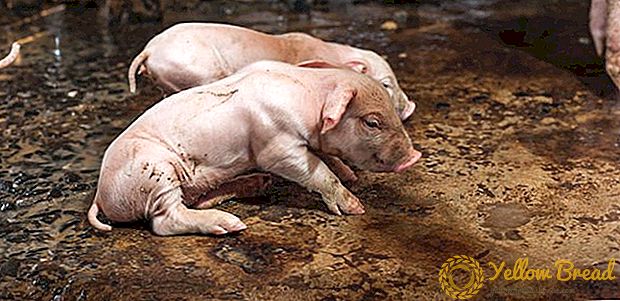 The high incidence rate of newborn piglets is explained by their anatomical, physiological and immunological features of their body. Have baby pig still the functions of all organs are not well established, the body is poorly adapted to the change of habitat. An insufficient amount of mucus is secreted in the intestines of newborn piglets, the acidity and bactericidal action of intestinal juice in the esophageal passages is significantly reduced, and the barrier function of the liver is not yet properly activated. The combination of these factors provokes low resistance of the organism to diseases.
The high incidence rate of newborn piglets is explained by their anatomical, physiological and immunological features of their body. Have baby pig still the functions of all organs are not well established, the body is poorly adapted to the change of habitat. An insufficient amount of mucus is secreted in the intestines of newborn piglets, the acidity and bactericidal action of intestinal juice in the esophageal passages is significantly reduced, and the barrier function of the liver is not yet properly activated. The combination of these factors provokes low resistance of the organism to diseases.
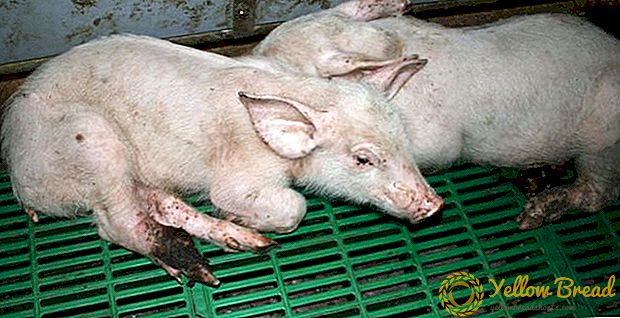 Penetration of Escherichia sticks into the blood and lymph causes acute septicemia.The adsorption of Escherichia on the hairy cells of the epithelium of the mucous membrane of the small intestine provokes acute inflammation and a sharp dehydration of the body. The cause of dehydration is acute diarrhea.
Penetration of Escherichia sticks into the blood and lymph causes acute septicemia.The adsorption of Escherichia on the hairy cells of the epithelium of the mucous membrane of the small intestine provokes acute inflammation and a sharp dehydration of the body. The cause of dehydration is acute diarrhea.Signs of infection
Symptoms of colibacillosis are diarrhea, dehydration, acute intoxication, fever up to 40-42 ° C, septicemia (progressive spread of infection throughout the body with severe damage to various organs), rapid depletion of the body. Enteritis (inflammation of the mucous membranes of the small intestine), enterotoxemic (edematous) and septic forms of the course of the disease are distinguished. 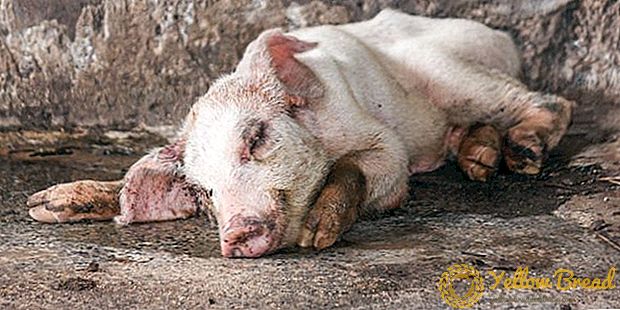 Regarding the stages of the disease, distinguish the following:
Regarding the stages of the disease, distinguish the following:
- subacute stage traced in young (3-5 days from birth) and is accompanied by the following symptoms: diarrhea and dehydration;
- for acute stage diseases characterized by diarrhea, dehydration, dropping of the eyeball, sharp abdominal pain, cramps, paresis. The lack of necessary treatment leads to death after 3-4 days. Surviving individuals may relapse after 8–9 days;
- supersharp stage the disease is accompanied by a sharp rise in temperature, increased heart rate, refusal to eat, incoordination, and coma. Death occurs in 1-2 days.
Pathological changes
Veterinarians-pathologists note that almost all of the dead piglets in the stomach have curdled milk, liquid intestinal contents, acute catarrhal and hemorrhagic gastroenteritis. 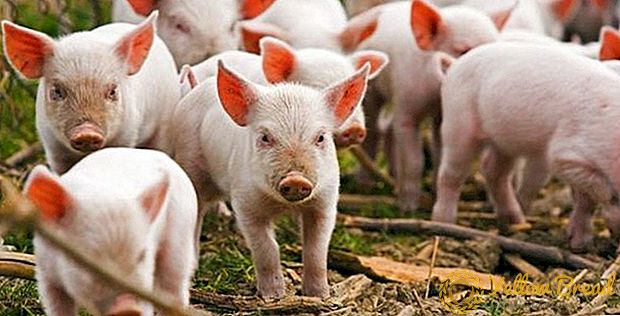 Bleeding inflammations and acute catarrh are present in the intestinal mucosa. Veterinarians note that among the effects of coliarrhea, there are also deformities of the liver, kidneys and spleen, and swelling of the brain. Spleen becomes dark gray.
Bleeding inflammations and acute catarrh are present in the intestinal mucosa. Veterinarians note that among the effects of coliarrhea, there are also deformities of the liver, kidneys and spleen, and swelling of the brain. Spleen becomes dark gray.
Diagnostics
It is possible to diagnose colibacteriosis in agricultural complexes and premises not only taking into account the symptoms of the disease, but also on the basis of pathological data, the results of epidemiological, clinical and bacteriological studies. 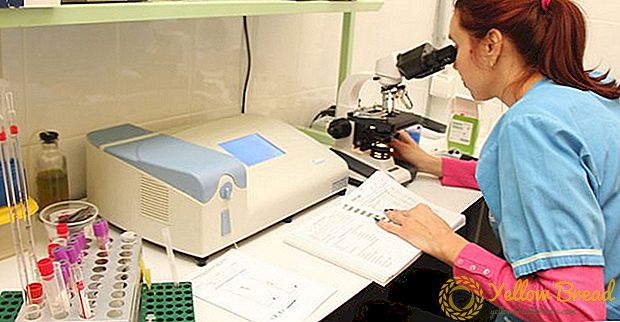 This requires a referral to the veterinary testing of fresh corpses of piglets ortheir organs (gall bladder, liver, kidney, heart, spleen, tubular bone, head or brain, mesenteric nodes, stomach, parts of the small intestine). Particles of organs are sent for research in tightly closed, waterproof containers. It is necessary to send the materials to laboratory tests no later than four hours after the death.
This requires a referral to the veterinary testing of fresh corpses of piglets ortheir organs (gall bladder, liver, kidney, heart, spleen, tubular bone, head or brain, mesenteric nodes, stomach, parts of the small intestine). Particles of organs are sent for research in tightly closed, waterproof containers. It is necessary to send the materials to laboratory tests no later than four hours after the death. 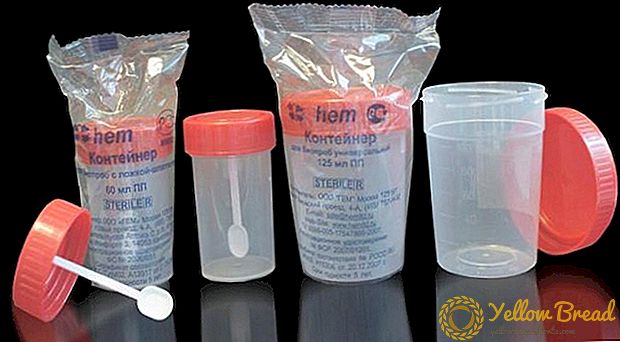 If your pigs managed to avoid a lethal outcome, then in order to diagnose the disease, it is necessary to send feces from three to four infected individuals for analysis.
If your pigs managed to avoid a lethal outcome, then in order to diagnose the disease, it is necessary to send feces from three to four infected individuals for analysis.
Treatment
Having diagnosed the symptoms of pig colibacillosis, it is necessary to start treatment immediately. Most effective is a therapeutic process using antibioticsin particular, chloramphenicol, monomitsin and neomycin. Doses of the drug for young animals should exceed the dose for adults: for young animals - 30 mg, for adults - 20 mg orally.In order to prevent dehydration of the body, electrolytes are injected into the piglet, in particular, Ringer's solution. The effective effect of Duphalac (10 mg per one mumps) was also noted. 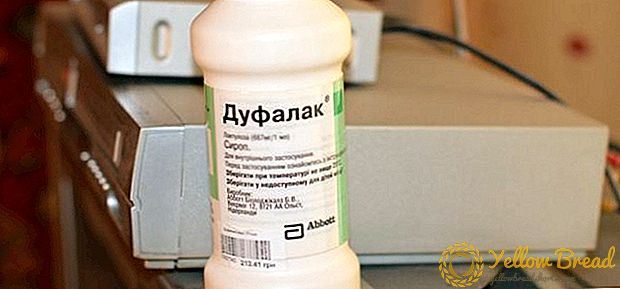 Reception of antibiotics is necessary to appoint in combination with vitamins of group B.
Reception of antibiotics is necessary to appoint in combination with vitamins of group B.
Veterinarians are advised to use probiotics ("Bio Plus 2B", "Lacto-Sac"), immunomodulators (for example, "Lidium" in the ratio of 2 mg / kg mass) in the treatment of colibacillosis. 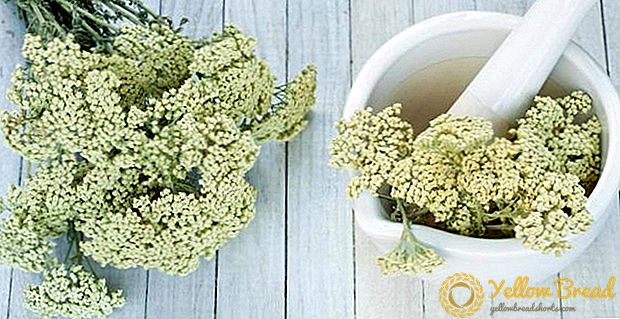 There are also folk remedies for treatment of colibacillosis: decoctions of yarrow, horse sorrel, St. John's wort, and oak bark. But they are effective in the treatment of individuals aged 10-15 days.
There are also folk remedies for treatment of colibacillosis: decoctions of yarrow, horse sorrel, St. John's wort, and oak bark. But they are effective in the treatment of individuals aged 10-15 days.
Prevention
Prevention colidiaera is to increase the resistance of the body of a pregnant sow and her future offspring. For these purposes, 10-15 days before farrowing, the sow is determined to be in a separate clean room, in which all necessary disinfection measures with the use of soda, chloramine, furatsilin were observed before. The sow itself is thoroughly washed out, and its limbs are disinfected with a 0.5% Lysol solution or a 5% formalin solution. 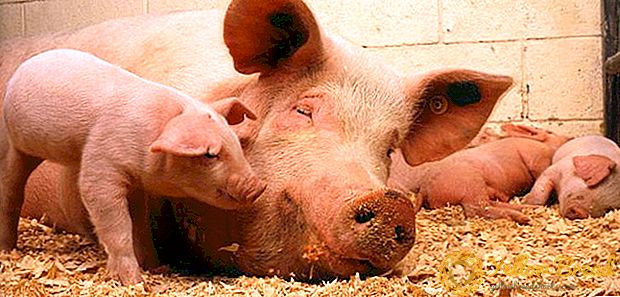 Farrow sows should be in a sterile clean room. A worker who will accept piglets must strictly adhere to sanitary and hygienic standards.
Farrow sows should be in a sterile clean room. A worker who will accept piglets must strictly adhere to sanitary and hygienic standards.
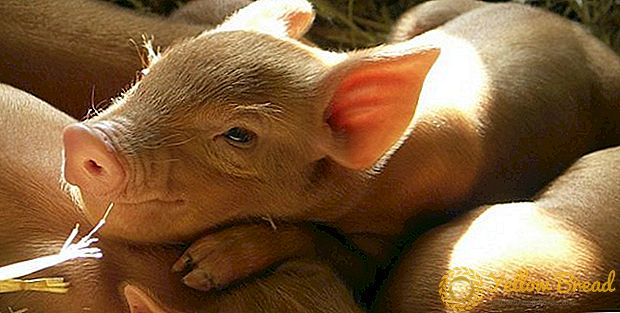 As you can see, the most common diarrhea in pigs can be fraught with many problems. It is a sign of many diseases, among which the highest level of risk is characterized by colibacteriosis. But timely diagnosis of the disease and properly organized treatment will help you save the offspring of pigs and avoid losses.
As you can see, the most common diarrhea in pigs can be fraught with many problems. It is a sign of many diseases, among which the highest level of risk is characterized by colibacteriosis. But timely diagnosis of the disease and properly organized treatment will help you save the offspring of pigs and avoid losses.

